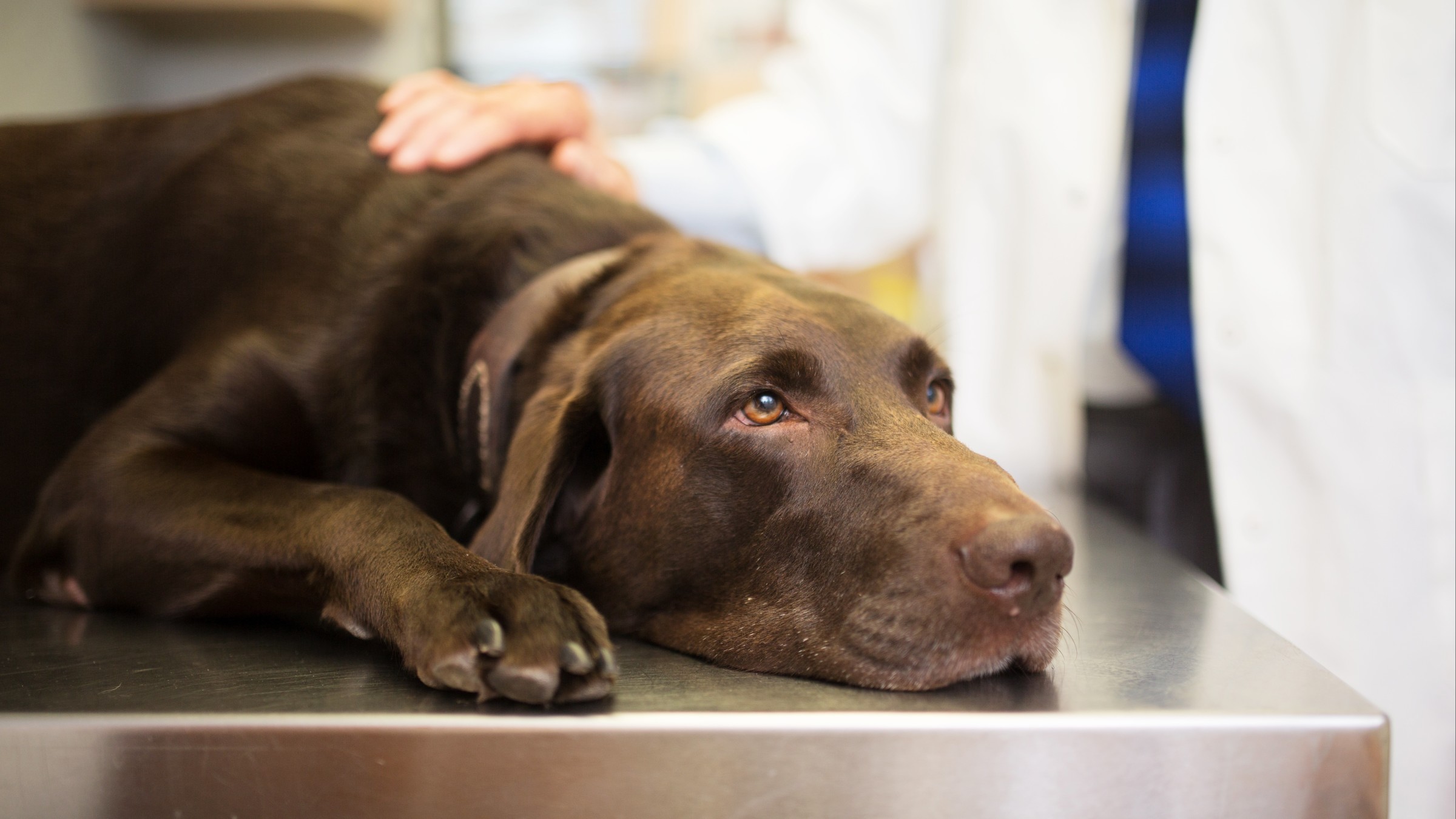Picture this: You’re commuting home from work and your train is delayed, or you’re stuck in traffic after a long afternoon of running errands. Your dog has been home alone for hours and you’re wondering: How long can my pup hold their pee?
It’s a scenario that most dog owners experience at some point. The good news is that once dogs who are well house-trained reach adulthood, they can hold their pee for quite a long time. But that may change over time depending on several factors.
Understanding how often your dog needs to pee can help you identify signs of illness and maintain their quality of life. It can also strengthen your bond with them.
EXPERT PICKS: WHAT TO READ NEXT
- Getting exercise: How much exercise does your dog need? It depends on their breed, size, and age.
- Kidney disease in dogs: Chronic kidney disease is fairly common in older dogs. Learn about the signs of chronic kidney disease in dogs and when to talk to your vet.
- Benefits of dog ownership: Most pet parents will gladly tell you about all the benefits of owning a dog. And the science backs them up.
How long can dogs hold their pee?
A healthy adult dog can hold their pee for 8 hours or longer. But that doesn’t mean it’s a good idea to make them wait that long on a regular basis. In general, it’s best to give your dog a chance to go to the bathroom every 4 hours.
Requiring a dog to regularly hold their pee for too many hours on end can raise the risk of health problems, including:
- Cystitis, an infection or inflammation of the urinary tract
- Anxiety or other behavioral issues
- Bladder cancer
Popular stories this week
Metronidazole for Dogs: Dosage, Side Effects, and More
Trazodone For Dogs: How Much is Safe, Uses, and Dosage
Dog Vomiting: 18 Reasons Your Dog is Throwing Up
When (And Why) Do Dogs Need Their Anal Glands Expressed?
What factors affect how often your dog needs a bathroom break?
A number of factors can determine how often your dog needs a potty break. Let’s take a closer look.
Age
Age is the top factor that affects how often a dog needs to urinate. For example, puppies have small bladders, so they require more frequent potty breaks.. And to be safe, it’s a good idea to take them out after they eat or nap.
Here’s how often dogs need to relieve themselves based on their age:
- Under 2 months: every hour
- 2 to 4 months: every 2 to 4 hours
- 4 to 6 months: every 4 to 6 hours
- Over 6 months: every 8 hours or longer
- Seniors: varies depending on medical conditions
If you have a senior dog, the length of time they can hold their pee will gradually decrease over time.
Size
Your dog’s size and lifestyle will also play a role in determining how long they can hold their pee. Small breeds have small bladders, so they may need more frequent breaks than larger dogs. Active dogs may need to relieve themselves more often than couch potatoes, as will dogs with diets that have a high water content.
Medical conditions
Several medical conditions can increase the frequency of urination in dogs, including:
- Diabetes
- Kidney disease
- Cushing’s disease
- Liver disease
Medications
Certain diuretic medications, such as furosemide, which treats heart failure and other conditions in dogs, can also prompt more frequent peeing.
How often should you take your dog out to pee?
If you’re struggling to line up your daily schedule with your dog’s need to pee, there are several strategies you can try, such as:
- Install a doggy door leading to a fenced-in yard or dog run.
- Take your pup to doggy day care.
- Hire a dog walker.
- Train your dog to use pee pads or an indoor dog toilet. An indoor dog toilet consists of a mat made of artificial grass and a tray that’s easy to empty and clean.
What should you do if your dog is having trouble holding their pee?
If you notice that your dog needs more frequent bathroom breaks, schedule an appointment with your veterinarian. Your vet will test your dog for signs of bacterial infections and other diseases.
It’s also a good idea to pay close attention to your dog’s elimination habits when you’re out for a walk. Most mammals, regardless of their size, take 20 seconds to empty a full bladder. If your dog is taking longer than that, it could be a sign of illness.
Alerting your veterinarian to any changes in your dog’s urination will ensure they can identify any problems quickly and get your pup on the path to healthy peeing.
The bottom line
Most adult dogs can hold their pee for about 8 hours if necessary. But it’s best to give dogs bathroom breaks about every 4 hours if possible. Providing regular opportunities for your dog to pee instead of asking them to hold their pee for long periods is important to their health. Just how often you’ll need to hook up their leash and head outside depends on a range of factors, from your dog’s age to their size and lifestyle.
If you notice any changes in your dog’s peeing habits, consult your vet, as they could be a sign of illness.




